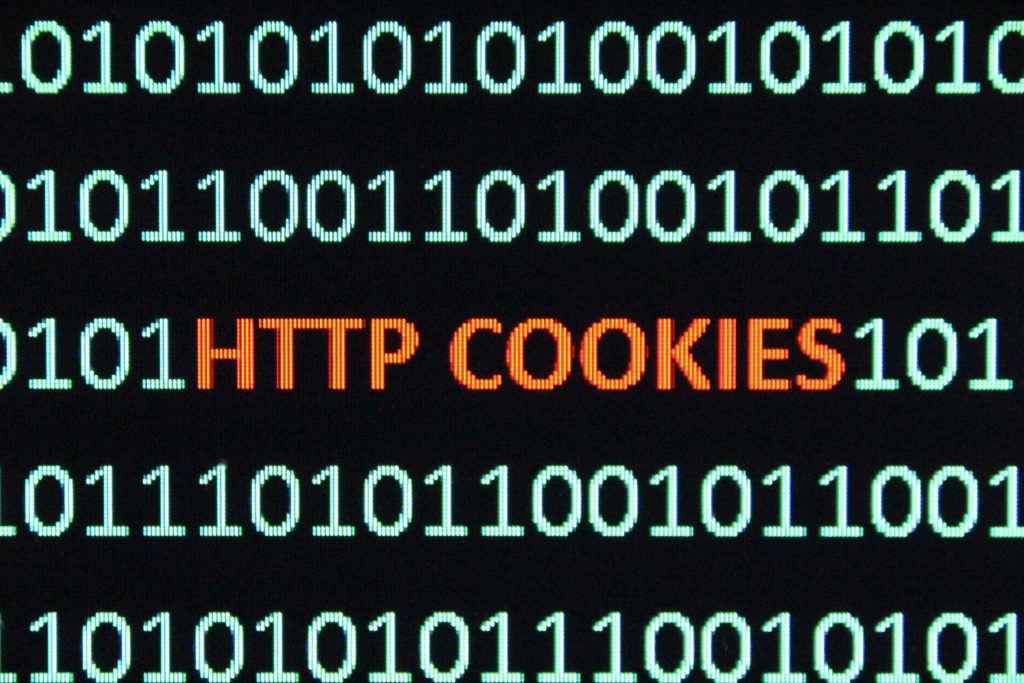
Guest blog post by Henry Astley, Digital Strategy Director at Open.
Fundraising in the post cookie world
Third party cookies have been used in fundraising for as long as charities have been running digital campaigns. They track individuals by leaving a tag on a web browser. This way someone can be identified in one place (an ad), remembered and then observed taking an action in another place (leaving a donation on a website).
Cookies can measure this over long periods of time, if one person uses multiple devices and even if they view things but don’t click them. Cookies have been used to build retargeting audiences and power modelling for targeting new audiences. They’ve had lots of uses. And they’re about to disappear.
This is a good thing. The move toward a privacy and transparency-centric web is behind this. It began with regulation in 2018, was followed by moves from tech companies like Apple’s iOS14.5 update and it’s looking like it will end with Google Chrome discontinuing cookies next year.
They are going – but what does this mean for charities? Well, some change and short term pain, but longer term opportunities for ethical and sustainable fundraising.
So what do you need to do to prepare?
Get ready for GA4
Google Analytics uses cookies. Google Analytics 4 has been built as a solution, which uses a combination of first party cookies in conjunction with AI which fills in gaps in the data.
Google has provided all users of the old GA with GA4 accounts, and now is the time to check all is working ok. Old accounts won’t receive data at the end of June, so it’s important to see if your new account can report on the same information the old one did. You might need a developer or a Google Tag Manager user if you have a complicated setup. You should also download the data from your old GA, as that won’t move across.
New social tracking
Social media companies offer cookieless solutions for measurement and optimisations of ad campaigns. This has previously been done by pixels – code which uses third party identifiers like cookies. The major social networks now offer conversion APIs to do something similar, which use server to server connections rather than cookies. These will need setup work.
First party focus
First party data collected with appropriate consent will be a legitimate way to target individuals in the future and nurturing these databases will be a hugely important digital strategy for the cookieless future. First party data might include email address, phone number or postal address, all of which can be used online to target. As GA4 data is first party it can be used to segment digital audiences too.
Understanding the implications of the change
We’ll need to accept that even with the best preparation things won’t be the same in the post-cookie world. The biggest change will be to the measurement of digital advertising campaigns. Fewer conversions will be counted by tracking tools, and the ad algorithms will receive fewer conversion signals, which may in turn lead to poorer optimisation.
This will affect some channels more than others. Display relies a lot on cookies to track response as those ads aren’t very clicky, and often a conversion happens a long time after ad interaction. You may find that very few conversions are counted from display in the future, but other channels like PPC which are much more click based are still counted.
It will affect some campaigns more than others, too. Getting someone to sign up to a marathon involves a long decision making process which might take the runner 2 weeks to decide on. This will be harder to track than something like a petition sign ask, which can be responded to quickly.
It’s important to understand that not tracking a result may not mean a campaign isn’t performing. To analyse performance you might look at other metrics like viewability, clicks and quality of site traffic. We may even see more offline styles of measurement being reapplied online, like sending traffic to different pages, offer codes or A/B testing of locations. The offline world hasn’t ever used cookies but it gets by.
Some methods of targeting will need to change, but not all of them. Remarketing won’t be possible in the same way in the future, as this has relied on third party cookies to build audiences. In terms of prospecting, programmatic display uses cookies to build audiences. In the post-cookie world we might see a rise in display using contextual targeting methods, like placing a challenge event ad in a sports article.
Social ad platforms will have less targeting data if it has been collected from the pixel outside of the social apps, but any interest data collected from people using apps like Instagram is considered first party to Meta and will still be available for use. This means that the tech giants like Meta and Google will continue to be leaders in personalised targeting.
Innovation and Integration
Strategies need to be future proof. It’s going to be harder to measure the responses from a big ask on a digital ad in the future. This might give the sector the opportunity to question whether this strategy was good in the first place. Should the majority of cold communications involve asking for money, a legacy or other large commitments? There is evidence to show this is damaging to charity brands in the long term.
Focusing on what can be measured effectively – for instance lower commitment actions like email subscriptions, campaigning actions and pledges will be both possible in the future and a better entry point into the supporter journey.
There will be other untapped engagement opportunities in digital and innovation here will be crucial. There will be value wherever we capture first party data for conversion at a later stage. This means that integration between charity silos will become more important than ever. It may not be people’s first interaction with us that drives the value – but gathering that first party data will be essential for growth.
There should be more emphasis on the quality of creative, consistency of message and supporter journey to ensure longer lasting and ethical relationships with donors in the post-cookie world.
© Fundraising Everywhere.
hello@fundraisingeverywhere.com
+44 333 015 6154
Designed & developed by mtc.




